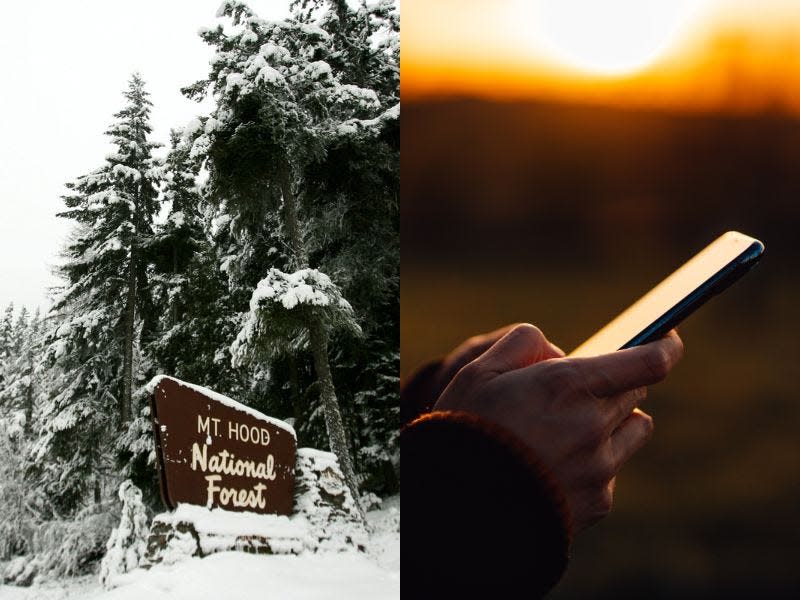iPhone's SOS satellite feature helped rescue a family of hikers lost in a freezing Oregon forest, says report

A family lost in an Oregon forest used the Emergency SOS feature on their iPhone to survive.
Search and rescue units were alerted by the distress call, The Chronicle reported.
Apple's emergency SOS feature via satellite debuted with the iPhone 14 model.
A family used an iPhone feature to survive after they came lost in a freezing forest in Oregon, The Chronicle reports.
High altitude and bad weather conditions left the six-year-old family stranded in the Mt. Hood National Forest.
"It appears they were lost and unable to find their way back in the heavy snow, as well as experiencing the effects of fatigue and exposure due to the weather conditions," said Brian McCall, a spokesperson for the Clackamas County Sheriff's Office, per The Chronicle.
The family activated the Emergency SOS via satellite feature on their iPhone for help, and the Clackamas County Sheriff's Office received their distress signal at 7:30 p.m.
Apple's Emergency SOS feature via satellite debuted with the iPhone 14 model. It lets iPhone 14 and 15 owners contact emergency responders even when completely out of cell signal range. The connects you to satellites above the Earth, which will then relay your messages and location to responders nearby.
The family had set off on Tuesday's hike from the Salmon River Trailhead. Eight miles and 3,500 feet in elevation later, the group, which included two young children, found themselves battling adverse weather conditions and plummeting temperatures.
Ground crews were equipped with all-terrain vehicles, but it took a search-and-rescue team until 6 a.m. the following morning, due to the snow, steep terrain, and fallen trees, to reach the group.
A helicopter rescue attempt was unsuccessful due to the weather and terrain challenges.
Rescuers found the family cold, wet, and dehydrated but otherwise unharmed, and getting them back from the remote location also proved difficult. Another ground crew, using a Snowcat vehicle, departed at 10 a.m. and reached the family several hours later.
The family and rescuers were transported back to safety 24 hours after the initial SOS call.
The easiest way to activate Apple's Emergency SOS feature is by holding the lock button and one of the volume buttons. When three sliders appear, you can swipe across the emergency call slider.
It has already been credited with saving many lives. It helped rescuers save a hiker and her dog in August after flood waters swept the pair down a Utah canyon.
In January, a student in Delaware was saved from carbon monoxide poisoning thanks to a last-minute use of Emergency SOS on her Apple Watch.
It has already been credited with saving many lives. In August, it helped rescuers save a hiker and her dog after flood waters swept the pair down a Utah canyon.
In January, a student in Delaware was saved from carbon monoxide poisoning thanks to a last-minute use of Emergency SOS on her Apple Watch.
Read the original article on Business Insider

